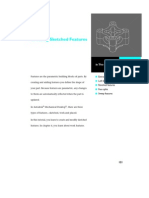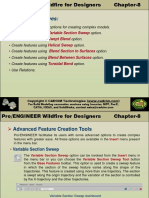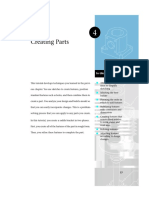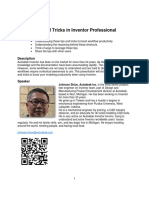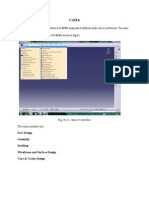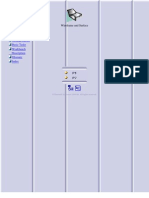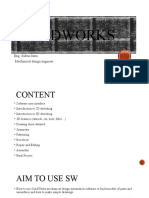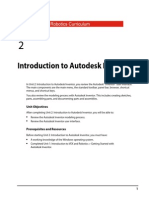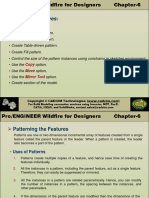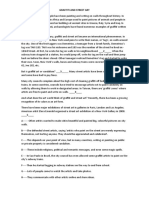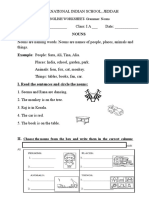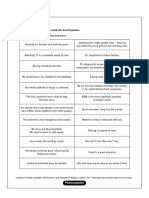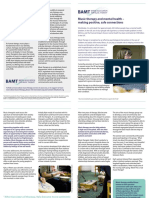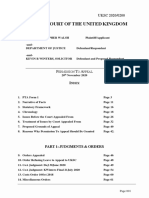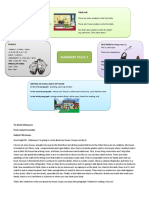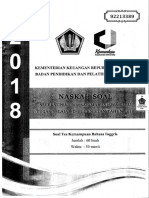0% found this document useful (0 votes)
50 views74 pagesChapter 8 - Advanced Modeling - II
Uploaded by
xyvt9k667hCopyright
© © All Rights Reserved
We take content rights seriously. If you suspect this is your content, claim it here.
Available Formats
Download as PDF, TXT or read online on Scribd
0% found this document useful (0 votes)
50 views74 pagesChapter 8 - Advanced Modeling - II
Uploaded by
xyvt9k667hCopyright
© © All Rights Reserved
We take content rights seriously. If you suspect this is your content, claim it here.
Available Formats
Download as PDF, TXT or read online on Scribd
/ 74

